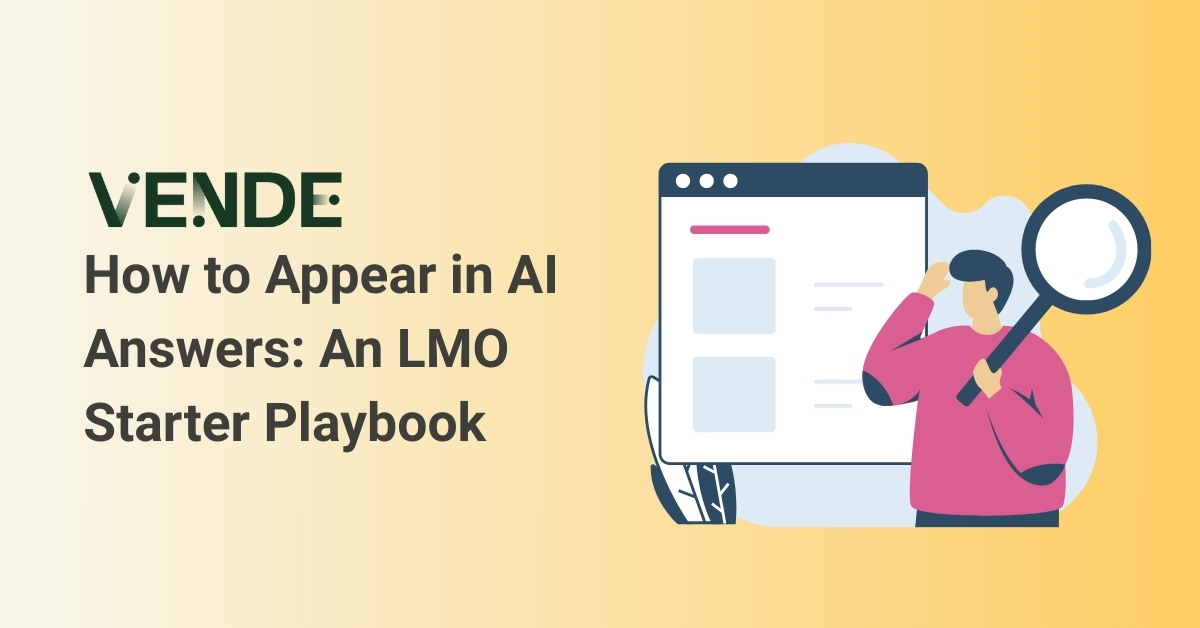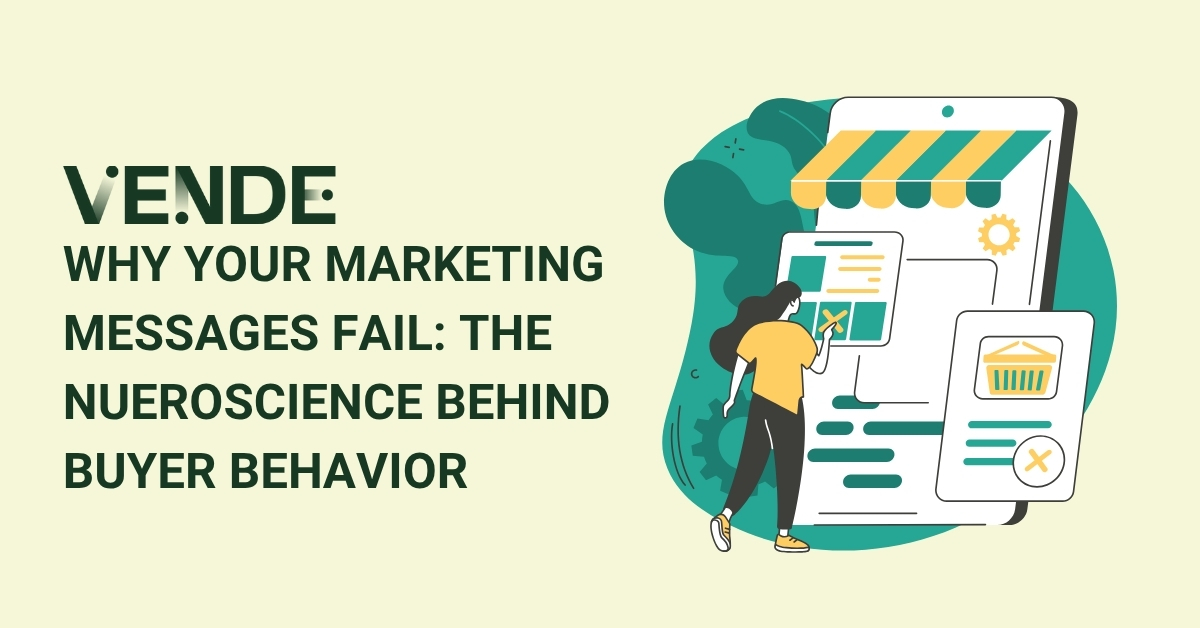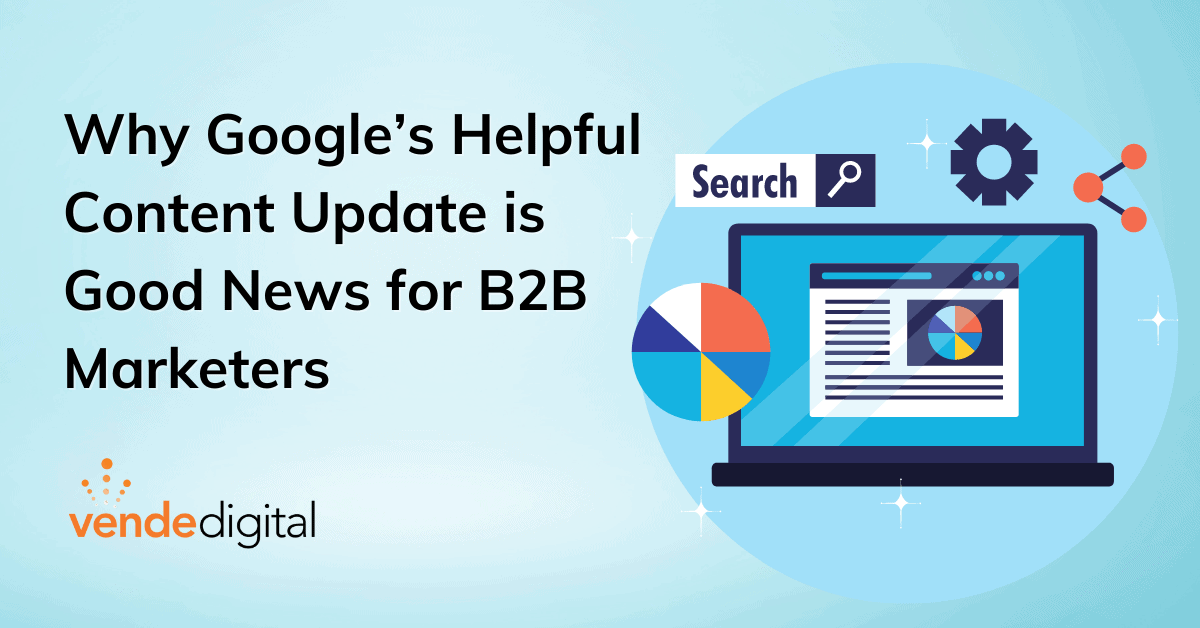
Why Google’s Helpful Content Update is Good News for B2B Marketers
Recently, Google surprisingly announced they were going live with a new algorithmic update. Since then, it has dramatically affected how Google ranks content on the web.
So how will Google's update affect B2B marketers, and where does it fit in with your SEO and content marketing strategies?
This article outlines the critical aspects of this update and how these changes can play in your favor.
Why did Google Update Its Algorithm?
“We expect that advertising-funded search engines will be inherently biased towards the advertisers and away from the needs of the consumers…Furthermore, advertising income often provides an incentive to provide poor quality search results.” - Larry Page, co-founder of Google.
Way back in 1998, Larry Page, one of the founders of Google, predicted that running ads on search engines would be detrimental to the quality of search results.
At the time, Google wasn't a household name like it is today. Yahoo, Lycos, and AltaVista were the search engines of choice.
The problem with these early search engines was they became filled with spam and delivered low-quality search results due to the bias toward ads.
Then Google came into the market with no ads, and people loved it.
Fast forward to today, and this very advertising bias is causing havoc in user search results.
Enter Artificial Intelligence
Apart from ads, a new wave of AI copywriting tools has emerged that has become increasingly popular and is fueling a proliferation of machine-derived content.
The problem is that people are creating the content to rank well on Google and not for the user's benefit.
These two factors (ads & spammy content) have caused users to rely on other information sources.
The challenge for Google is to stay relevant for users, and they are desperately seeking to find a balance between advertising revenue and serving the customer.
The Rise of TikTok and Social Searching
Another development that challenges Google is how the younger generation (18 to 24) searches for answers. Google isn’t their first choice. Instead, 40% are searching on Instagram or TikTok!
And this is creating a massive shift in the search landscape.
For example, some top searches on TikTok are for recipes and “how-to’s.” This shows TikTok isn’t just being used for entertainment but to find answers.
Google is concerned about losing market share to these social platforms and is trying to fight against it.
Let's take a look at the update.
What is the Google Helpful Content Update
Under the hood of Google is a program or algorithm that evaluates websites and gives them a ranking according to many factors. They often update this algorithm to ensure Google delivers the best results for search queries.
The Helpful Content Update is one of these updates focused on combating websites with low-quality content that are over-optimized to rank in search results.
With this update, Google aims to elevate high-quality content that best serves the user.
Why is this Good News?
We have already seen the effects of this update on high-quality content. And that's really good news. If you’re focused on the buyer and providing helpful information for them, you should expect more traffic from Google.
But don't expect highly competitive terms to bring you traffic; you can expect better results from long-tail keywords—search terms with “how to” or “best practices” and similar phrases.
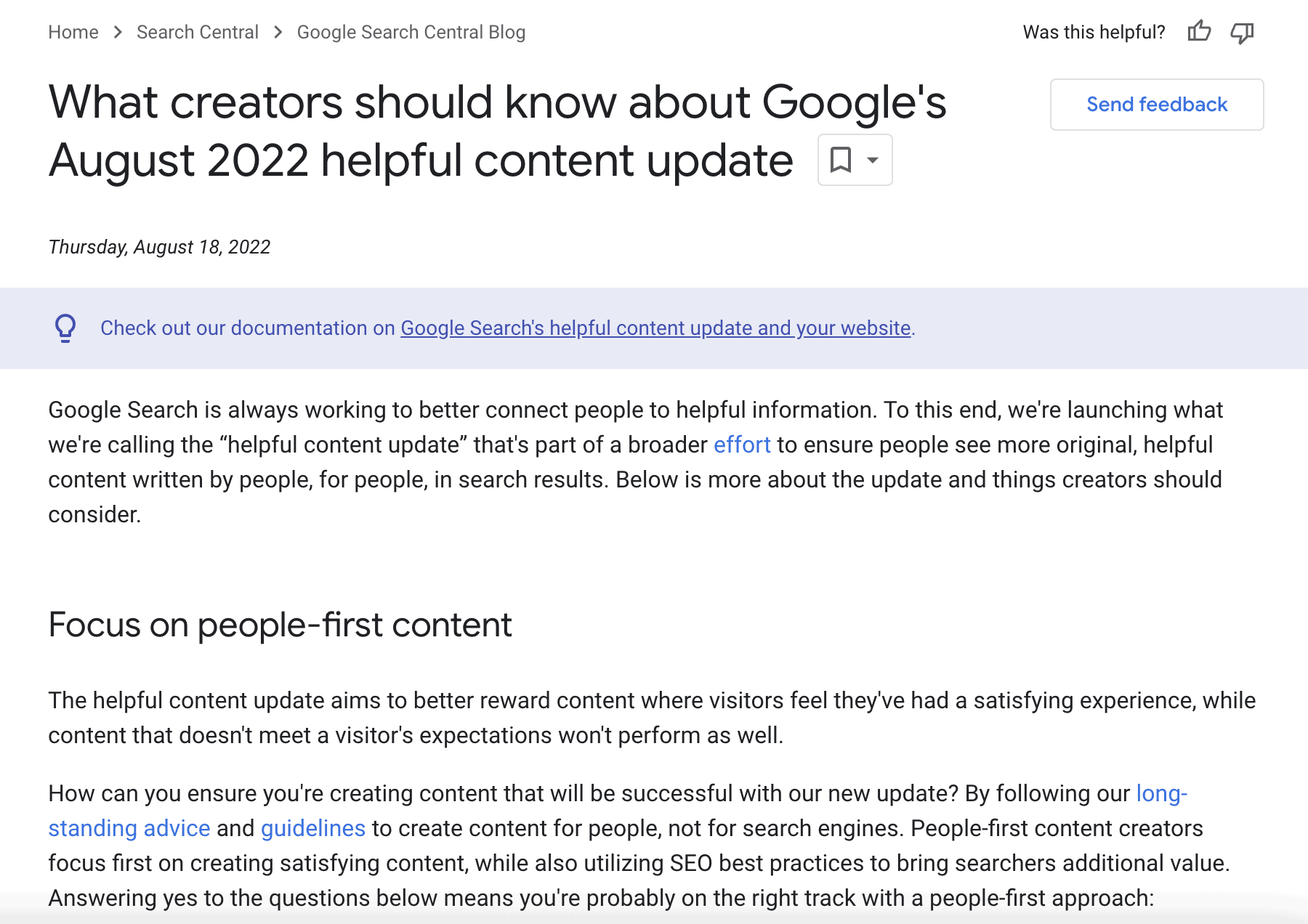
View the full Google Article, What Creators Should Know About Google's August 2022 Helpful Content Update for more details.
Where Does Content Marketing Fit into This Update?
Search engine optimization is an integral part of our content marketing framework. A search engine is a buyer-initiated channel that allows you to get your content in front of buyers actively looking for help.
Good content accomplishes two things:
1. Establishes Authority:
To communicate that you are qualified to solve their problem.
2. Establishes Trust:
To prove you're credible and empathetic to their problems.
A search engine is very effective in delivering your content to your buyer.
How to Prepare for Google’s Helpful Content Update
You can use several strategies to improve your content and rank better for queries in Google.
Download the full Google Helpful Content Checklist and Guide below:
Establish Your Expertise
Google wants you to create content that helps users find the information they need. But they want to be sure your content is not just a keyword-optimized mess.
Google will evaluate your page to establish whether you are an expert in your field. They want to be sure that your content will provide helpful information to their community.
Publish Content Purposefully
Google wants to know that your page's topic is related to your website's content. No longer can you simply pick keywords and write content to rank in Google.
Your content must deliver real value and establish you as a subject matter expert.
To do this, you need to know your ideal customer and also any segments you have. Then you can call them out in your articles, helping you rank well for that particular audience segment.
Deliver the Answers Your Buyer Needs
Up until now, the strategy many B2Bs have applied is to figure out which phrase to rank for and then crank out as much content as possible for those phrases. Often times the articles produced are watered-down rehashes of what’s already been published on the internet and don’t focus on actually answering the reader's question.
But this is precisely what Google’s Helpful Content Update is combating.
For example, a reader does a search and lands on your page. They consume your content but fail to get the answers they need. So they hit the back button to refine their search. If this happens, Google will penalize you.
Write for Humans, not Google
Robotic keyword dribble is out, and well-written content by humans is in. This is because keywords have been used to game the algorithm rather than deliver value to users.
And this has led to a proliferation of weirdly written “optimized” content that doesn’t make sense. If you want your content to rank well, it needs to be written for people first.
Another problem is the proliferation of AI tools. This is clogging up Google’s index with useless, rehashed content, and they’re trying to fight this.
But Google isn’t saying don't use AI tools, just don't exclusively use AI to write your entire blog.
Another thing to be careful of is working with a content agency. Many are using AI to generate large volumes of blog posts, which will bring little benefit to you.
Write Within a Limited Number of Content Pillars
To optimize your website for Google; you must go back to good content marketing 101. And that starts with choosing 3-5 content pillars and developing topics from there.
Think about it like Mr. Miyagi from Karate Kid. As you know, Daniel had a problem he needed to solve that he didn’t know how to overcome, the bullies from his high school.
Mr. Miyagi had the skills that could help Daniel, so he taught him everything he knew about karate to help him overcome his problem.
Mr. Miyagi didn’t teach him about math or how to date girls. He stayed focused on the key pillars of knowledge that Daniel needed. These are your content pillars, allowing you to deliver the most value for your buyers.
These content pillars should guide your long-form content like blogs, webinars, and case studies.
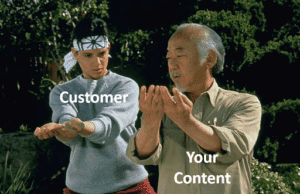
Share Your Point of View
One aspect of developing content unique to you is establishing a unique point of view. Here is a simple question framework to help form our point of view on relevant topics.
1. What's broken about this?
For example, at Vende Digital, lead generation is one of our content pillars. We will then brainstorm by asking ourselves, “what's broken in lead generation?”.
Once we have listed possible answers, we can identify the best topics to drive our content strategy.
2. Why is this happening?
The next question is, “what is causing this to happen?” We whiteboard these points, and they can guide topics for our blog posts.
3. How do we fix this problem for your customers?
Back to Karate Kid. If Daniel came to you with his problem, what steps would you tell Daniel to take to fix his problem?
You could brainstorm what topics could help him and add your unique perspective. But you don't want to offer him a rehashed answer from Google. You want to give him your unique insights.
Use Social Proof
The proof is in the pudding when it comes to establishing yourself as an expert to customers. Share your proof, experience, or feedback from your customers.
Share real-world evidence of how you solved your customers' problems to further build credibility and authority in your services.
One Problem, One Message.
It is easy to waft all over the place when writing a blog post. But this is not going to help you rank better. Instead, Google wants your blog to be focused on one central point.
Write about a query and ensure that the article answers the users; this will ensure you deliver the best experience for the user.
Be the Guide, not the Hero
Daniel is the hero. Your customer is the hero. And you are Mr. Miyagi. You are there to establish Daniel as the hero and give him everything he needs to win.
And when your blog posts do that, they will rank well.
Key Google’s Helpful Content Update Takeaways for B2B Marketers
The primary goal of this update from Google is to root out low-quality, spammy content aimed at gaming the algorithm. And this is good news for you if you are investing in publishing high-quality content.
Here is a list of key points:
- Write about things you are an expert on that offer high value.
- Stay focused on 3 to 5 content pillars, and maintain consistency.
- Answer your customer’s query, and focus on one thing.
- Write for humans, not Google, and avoid relying on AI.
- Share your unique point of view, and avoid regurgitating others' content.
- Use social proof to build credibility.
Watch this video for more information on how to prepare for the Google Helpful Content Update:
[embed]https://www.youtube.com/embed/XHQJ9QBu8UM[/embed]How Can We Help?
Finding the time to build and execute a paid B2B SEO and content marketing strategy can be daunting. At Vende Digital, we help B2B organizations like yours to develop sound strategies to grow demand, leads, and pipelines.
Tired of struggling on your own?
Schedule a complimentary discovery call with our team to see how we can amplify your social media advertising campaigns to win more customers.

